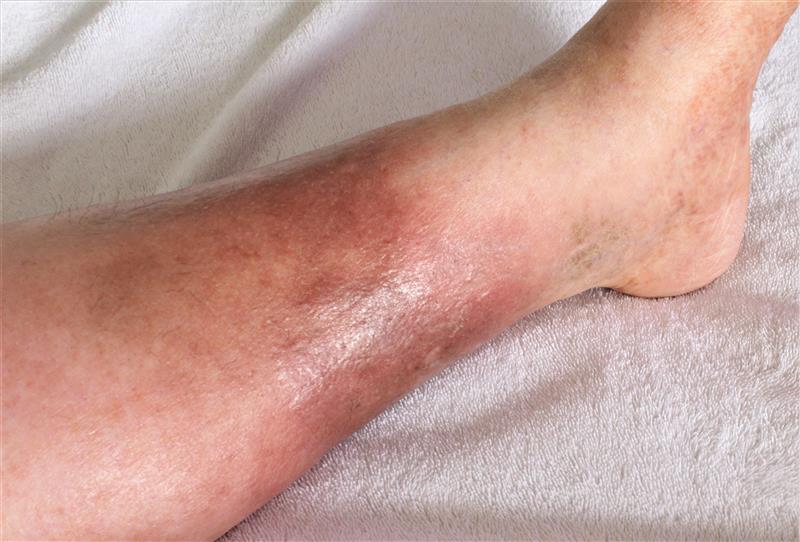What is Cellulitis?
Cellulitis is a common skin infection. It happens when bacteria enter the skin through a cut, scrape, or crack. Because cellulitis can spread quickly, it is important to know the signs. Usually, it affects the lower legs, but it can appear anywhere on the body. According to the CDC, cellulitis needs prompt care to prevent serious problems. If you notice red, swollen skin that feels warm or painful, you may have cellulitis.
Common Symptoms of Cellulitis
Cellulitis symptoms in adults and children can appear suddenly. Early recognition helps prevent complications. Watch for these signs:
Sometimes, symptoms get worse fast. Therefore, seek medical help if you notice spreading redness or fever.
Causes and Risk Factors
Cellulitis is usually caused by bacteria like Streptococcus or Staphylococcus. These germs enter the skin through breaks or wounds. However, not everyone with a cut will get cellulitis. Certain factors increase your risk:
In addition, people with a history of cellulitis are more likely to get it again.
How is Cellulitis Diagnosed?
Doctors diagnose cellulitis by looking at your skin and asking about your symptoms. Usually, no special tests are needed. However, sometimes blood tests or a skin sample may help rule out other problems. If the infection is severe, your doctor may order more tests to check for deeper infection. Early diagnosis helps prevent complications. Therefore, do not delay seeking care if you notice symptoms.
Treatment Options for Cellulitis
Cellulitis treatment options depend on how severe the infection is. Most cases are treated with antibiotics. You may take pills at home, but some people need medicine through a vein in the hospital. In addition, your doctor may suggest:
Usually, symptoms improve within a few days of starting treatment. However, always finish your antibiotics as prescribed. If you do not get better or symptoms worsen, contact your doctor right away.
Prevention Tips and Lifestyle Guidance
Knowing how to prevent cellulitis can help you stay healthy. Simple steps can lower your risk:
Additionally, check your skin often, especially if you have poor circulation or diabetes. Early care for small wounds can prevent bigger problems.
When to See a Doctor
Sometimes, cellulitis can become serious. See a doctor if you notice:
Prompt care can prevent complications like abscesses or blood infections. Therefore, do not wait if you are unsure about your symptoms.
If you notice symptoms of cellulitis, consult a healthcare specialist for personalized advice.
